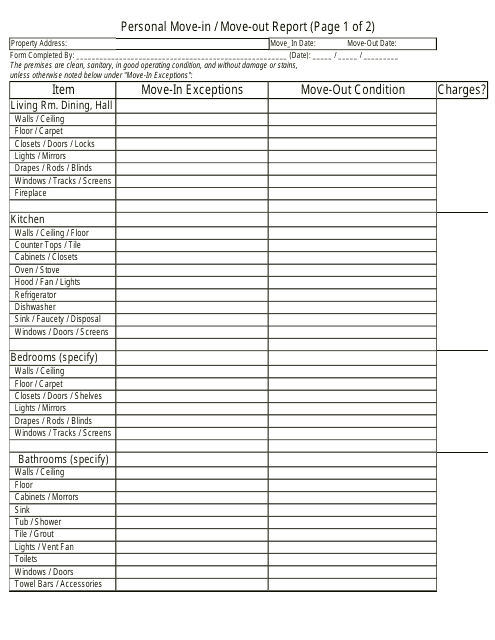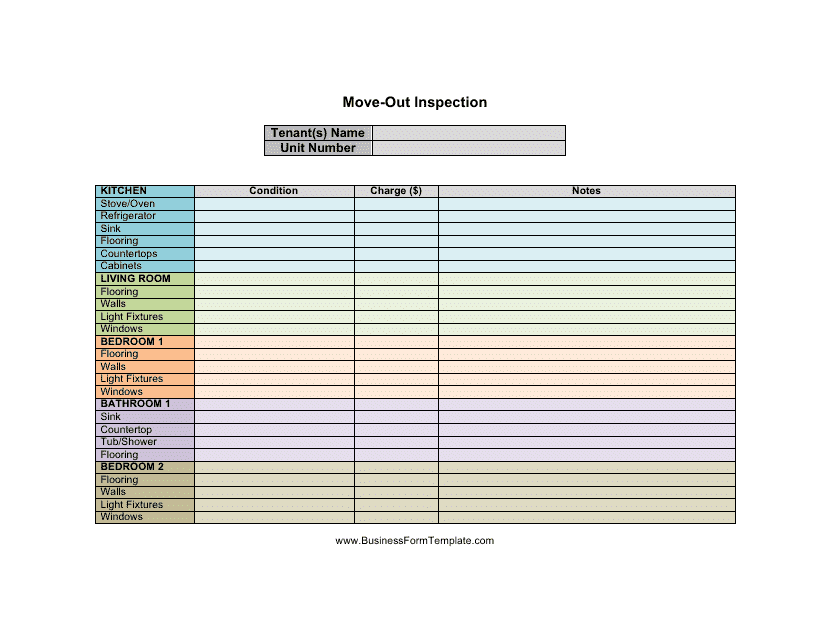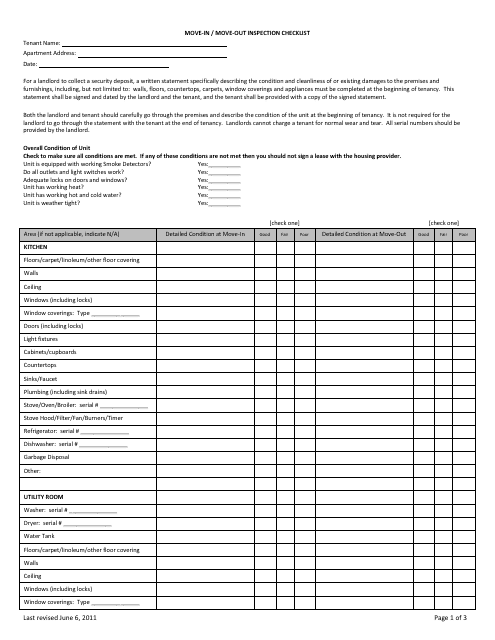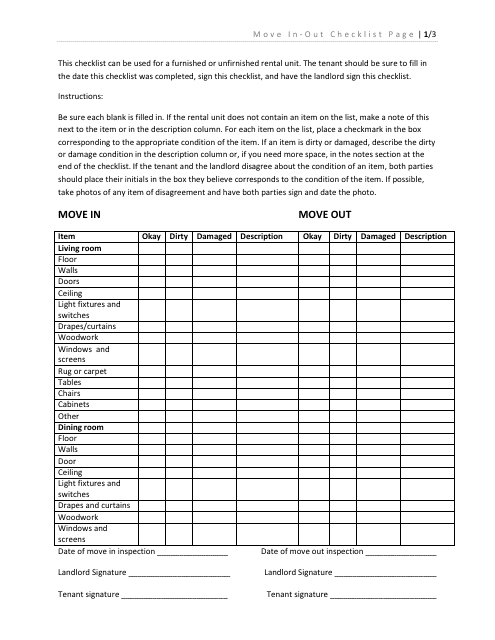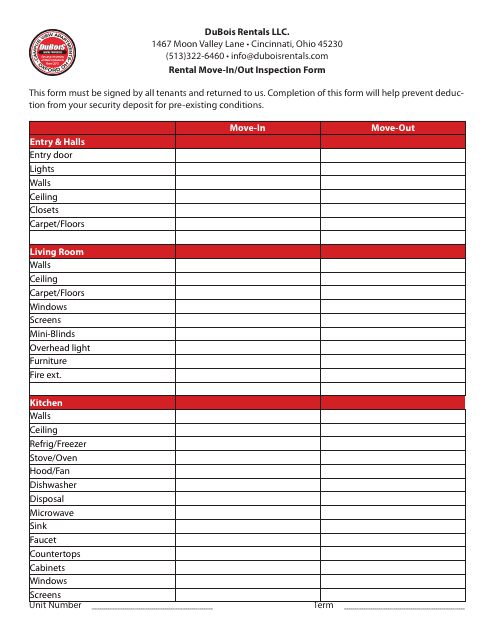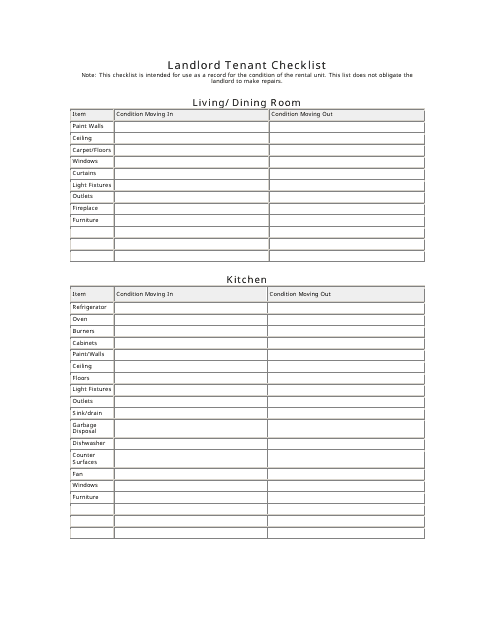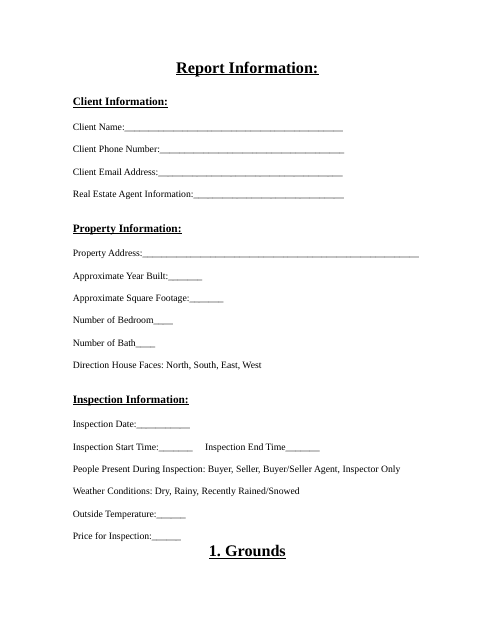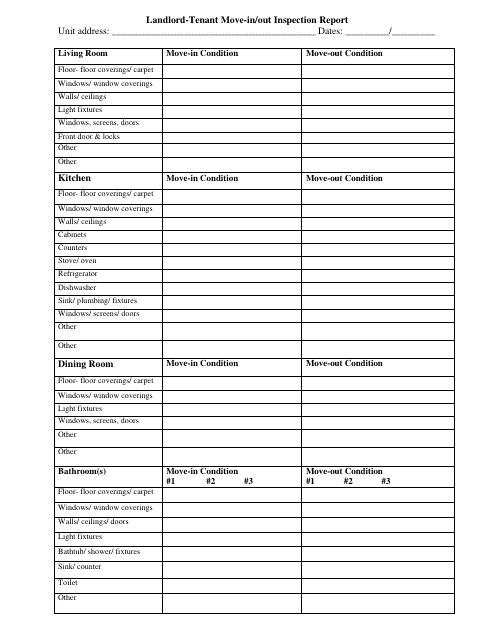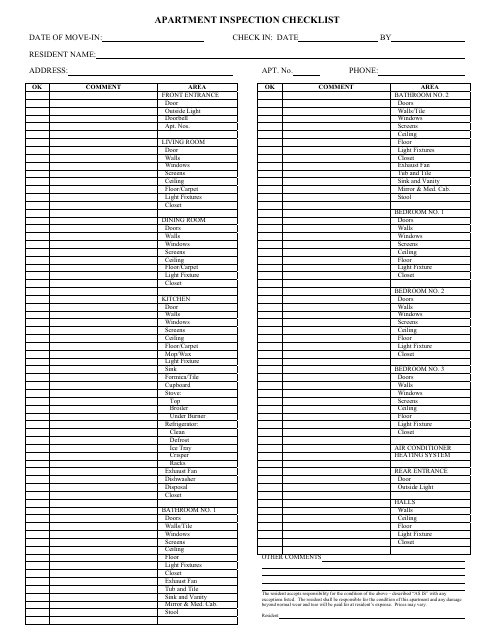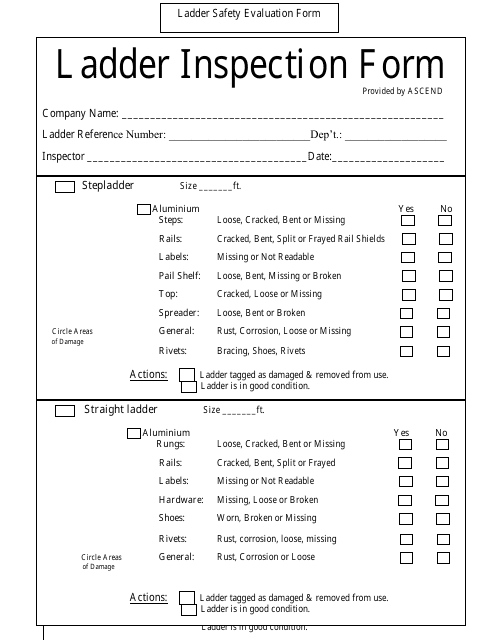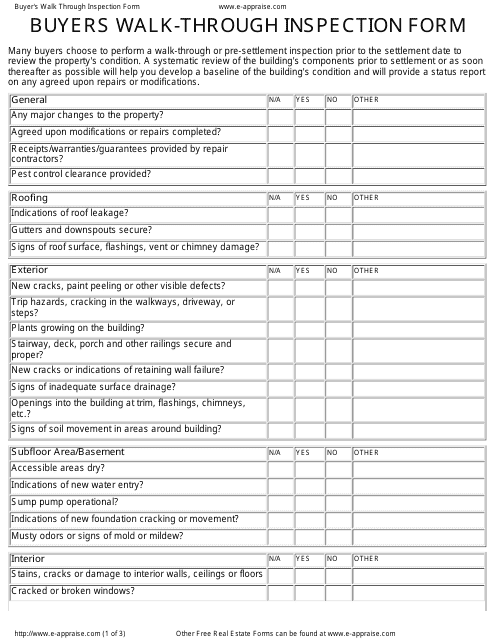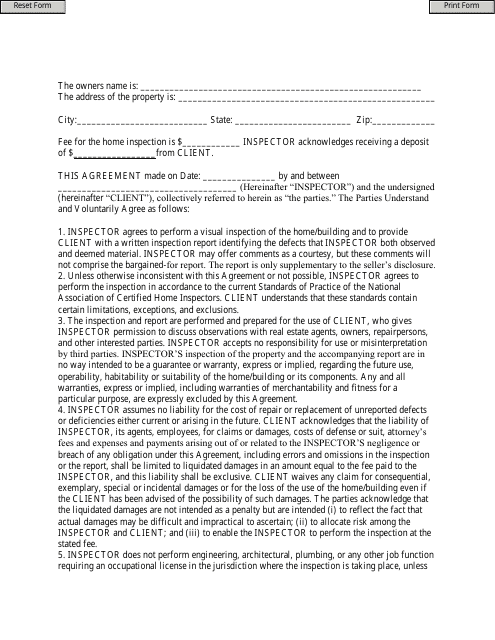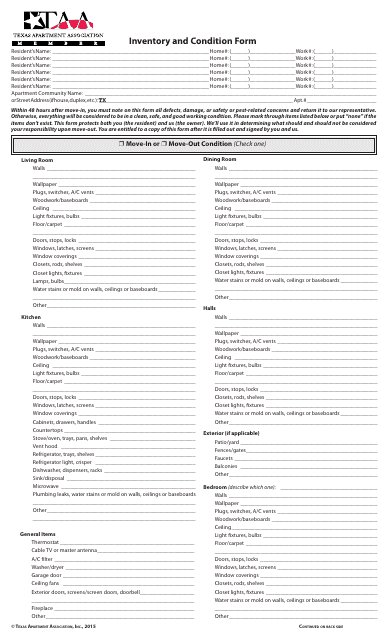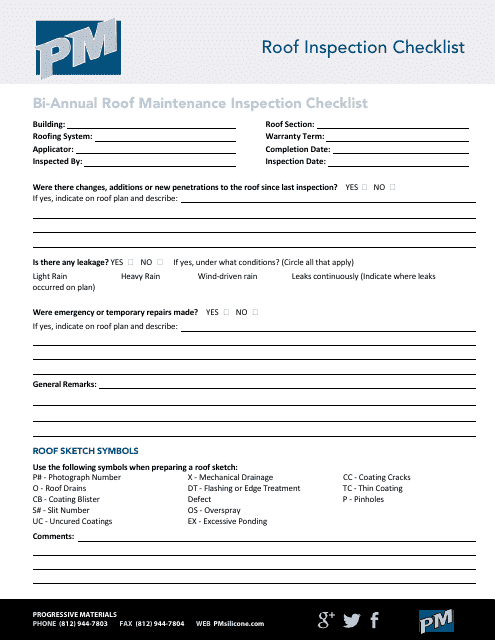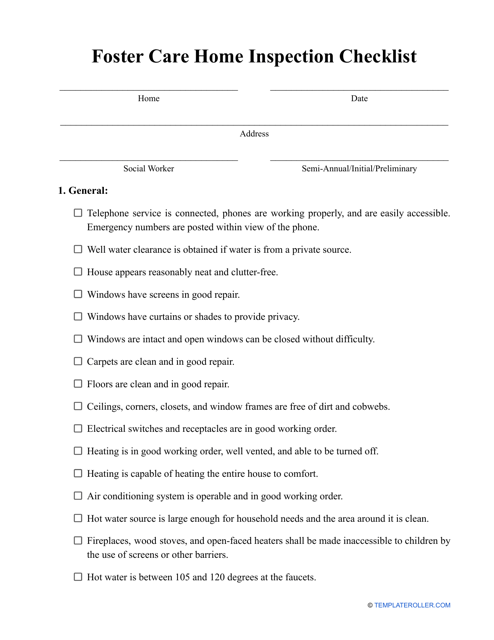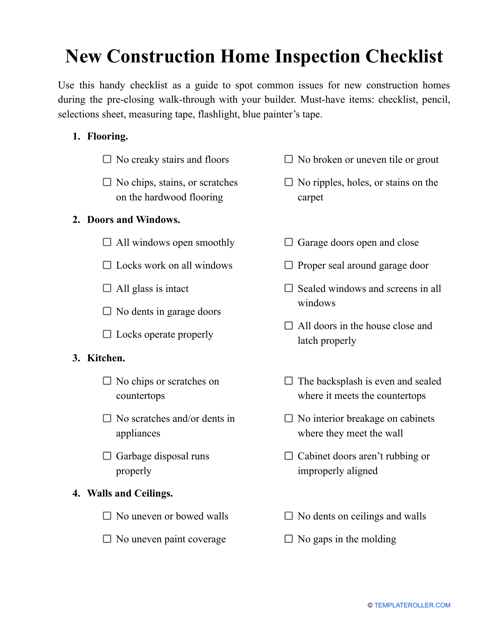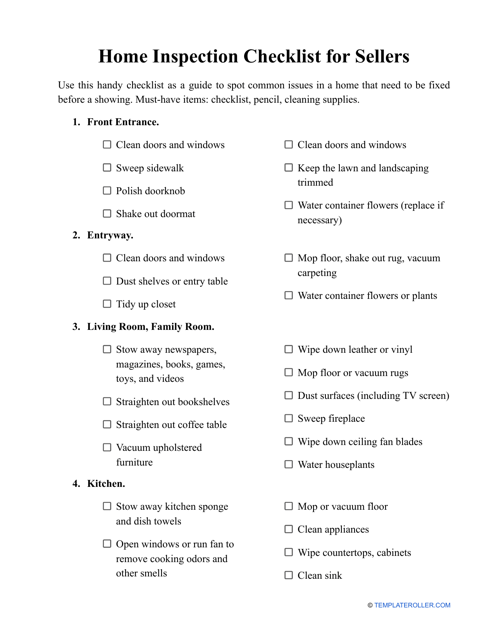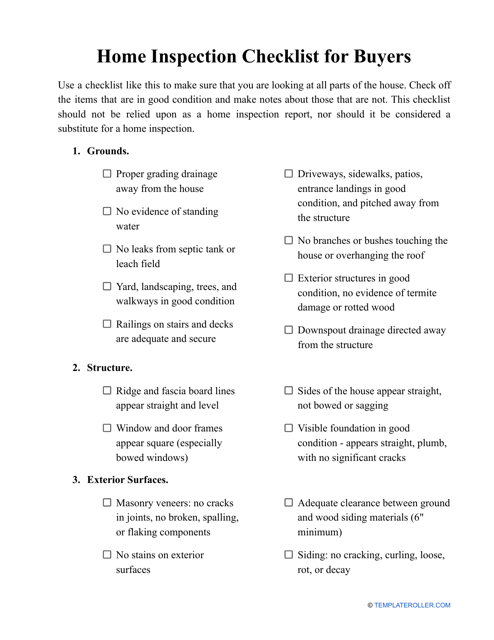Free Home Inspection Forms and Templates
What Does a Home Inspection Form Look Like?
A Home Inspection Form is used to assess the current condition of the residential property. The form helps to check the property for any existing or potential structural damage and defects. Property owners, sellers, or buyers can conduct timely repairs or make a decision when a real estate transaction is involved.
Alternate Name:
- Home Inspection Checklist.
It is possible to hire a trained and qualified home inspector to assess the home. Inspecting a home is the best way to make sure you avoid potential issues when buying or selling a house. It helps the seller to choose a reasonable price for the property, and the buyer can make a knowledgeable decision about the future purchase. You can browse our library of Home Inspection Checklist templates to create the form that will suit your specific needs.
Different Types of Home Inspections
There are various types of home inspections. The most common include the following:
- Move-in and move-out inspections. Those are conducted to assess the state of the rented property when the tenants arrive and leave the rental unit. The information provided by the move-out inspection is crucial and, compared to the move-in checklist, serves as a basis for security deposit deductions;
- Landlord inspections. According to the agreement between the landlord and the tenant, the landlord can visit the rented property to make sure everything is working fine, there is no illegal activity, and no tenancy agreement breaches. However, the first thing landlord must do is give the tenant notice, so that the tenant's right to quiet enjoyment is not violated;
- Tenant inspections. Tenants also can perform a general inspection when moving, once a month or once a year. It is recommended to do a visual check of the entire property, taking pictures of any dents, damages, or marks.
How to Perform Your Own Home Inspection?
Commonly, Home Inspection Checklists involve a visual examination of the property. They should include the following sections:
- Structural - roof, ceilings, walls, door frames, windows, foundation;
- Grounds - yard, landscaping, driveways, drainage;
- Rooms - especially kitchen and bathroom;
- Utilities - plumbing, heating, electrical, air conditioning.
This form is used for reporting the details of a personal move when moving in or moving out of a property. It includes information about the condition of the property and any damages or repairs needed.
As a tenant, you should be involved in the move-in inspection. Always document any pre-existing damages you find and notify the landlord about them. Pay attention to electrical items or appliances - since you just begin to live in the new residence, you are not obliged to fix broken things, such as switches, plug sockets, and ceiling lights. Probably the most important things to remember are health and safety. Make sure the doors shut properly, locks are working, and smoke detectors are all thoroughly tested. Otherwise, the property is deemed unsafe. Document everything using the camera on your phone and then write all the facts down. The more you write, the safer you will be.
Related Articles
Documents:
18
This Form is used for documenting the condition of a rental property at the time of move-out, allowing both the landlord and tenant to assess any damages or issues.
This document is a template for conducting housing inspections when moving into or out of a property. It helps ensure that both the tenant and landlord are aware of the condition of the property and any existing damages.
This template is used to create a checklist for moving into or out of a property. It helps ensure that all necessary tasks are completed and nothing is overlooked during the process.
This document is used for conducting a rental move-in/out inspection with Dubois Rentals. It helps to document the condition of the property before and after the tenancy.
This Form is used for landlords and tenants to document the condition of a rental property before and after the lease period. It includes a checklist of items to inspect, such as walls, appliances, and utilities, to ensure both parties are aware of any existing damages.
This form is used for reporting the details of a personal move when moving in or moving out of a property. It includes information about the condition of the property and any damages or repairs needed.
This Form is used for documenting the findings and observations made during a home inspection. It helps to assess the condition of a property and identify any potential issues.
This Form is used for conducting a thorough inspection of a rental property before a tenant moves in or moves out. It ensures that both the landlord and tenant agree on the condition of the property and any existing damages.
This document is a template that provides a checklist for inspecting an apartment. It covers various areas such as cleanliness, functionality of appliances, and any damages or repairs needed. It can be used by landlords, property managers, or tenants to ensure the apartment is in good condition.
This Form is used for inspecting ladders for safety purposes. It helps ensure that ladders are in good condition and suitable for use.
This form is used for conducting a thorough inspection of a property before a buyer completes the purchase. It ensures that any potential issues or concerns are addressed before finalizing the sale.
This document is used for hiring a professional home inspector to evaluate a property's condition before buying or selling.
This form is used for documenting the inventory and condition of an apartment in Texas, as specified by the Texas Apartment Association.
This document is a roof inspection checklist template provided by Progressive Materials. It is used to assess the condition of a roof and identify any potential issues or maintenance needs. This can be helpful for homeowners, property managers, or roofing contractors conducting routine inspections.
Individuals may use this type of checklist when they need a Home Inspection Checklist to provide Foster Care.
This type of template is useful when you are interested in purchasing a newly built home and you want to conduct a thorough review of the home and property.
Home sellers may use this type of checklist to examine their home and property to note any signs of damage or issues that may need to be repaired before a buyer is willing to purchase their home.
When you are in the process of purchasing a home this type of template will be handy when you would like to conduct a thorough examination of the house and property.

